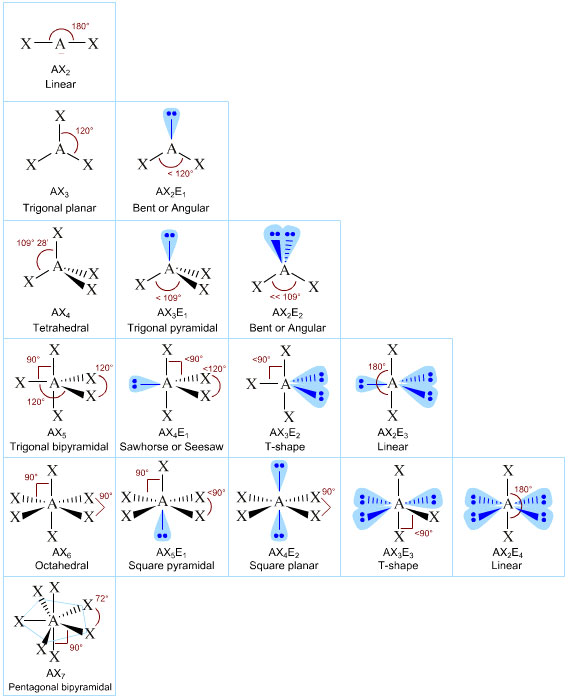Benzene Rings
This is an image of a Benzene Ring:
The circle in the center represents the electrons in the benzene ring which are "delocalized". This means that they can change position in the ring and are shared equally.
There are a few rules to follow when naming them:
- Side chains are give the name "phenyl"
- This can be a parent chain or a side chain
- Add "benzene" to end of name
For example:
The structure to the right's name would be:
1,2,4,5-tetramethylbenzene
This is because there are four methyl chains coming off of the 1, 2, 3 and 4 corners. As always, you chose the lowest numbers possible.
Here is a video to help you with Benzene Rings:
Alicyclics and Aromatics
- Many hydrocarbons form ring-shaped structures which are known as cyclic hydrocarbons (Alicyclics) and are named using the prefix "cyclo"
- Their general formula is CnH2n ("n" representing the number of Carbon atoms)
-Alicyclics are more reactive and less stable than straight chains
-Numbering for these can start anywhere, as long as they are the lowest numbers possible
Rules for Naming Cycloalkanes:
1. Count length of chain in ring
2. If only one side group, no number needed because it is assumed to be one
3. Cycloalkanes named like straight chain side group, except "cyclo" added to beginning of name
*Give the lower number to the side group that comes first alphabetically*
Cycloalkenes and Cycloalkynes
- More reactive than cycloalkanes
- Similar to cycloalkanes, except ending changed
- *When numbering these, the double or triple bond is always between carbon one and two*
For example:
First of all, you would find the longest chain of carbons. This would obviously be the hexene. It is in a ring, though, so it would be cyclohexene. If you then number all of the carbons, the smallest sequence for the methanes would be 1, 2, 4 and 5. The propyl group's number would be 3. If you put this all together you get:
1,2,4,5-tetramethyl-3-propylcyclohexene
AND THAT'S IT! LAST BLOG OF THE YEAR! YOU ARE NOW AN EXPERT CHEMIST! Well, in grade 11 chemistry, but oh well.
To celebrate this great achievement, I will put a bunch of videos with examples of organic compounds and how to name them. If that isn't ending the year with a bang, I don't know what is.
Ok, so after all that, you must ACTUALLY be a genius now, right?


.png)

















.jpg)





.jpg)



